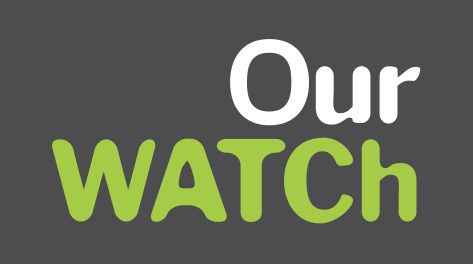Our Watch has a new resource guiding media reporting on sexual harassment as the findings of the Australian Human Rights Commission’s latest survey on the prevalence, nature and reporting of sexual harassment in Australia were released.
The findings show sexual harassment continues to be an unacceptably common feature of Australian workplaces, with one in three workers experiencing workplace sexual harassment in the last five years.
The resource provides 12 tips that cover a range of important considerations for journalists, from the importance of legal advice to how to support the safety of survivors. They aim to cover common scenarios you may encounter in your work. It is designed to be a starting point for better reporting on sexual harassment.
- Understand what sexual harassment is
- Get legal advice
- Look at causes, not just outcomes
- Obtain informed consent
- Support the safety of survivors
- Check your language and framing in your reporting
- Consider the social context
- Provide expert commentary and statistics
- Provide a right of reply, but be conscious of the narrative
- Make sure imagery and multimedia is appropriate
- Include support options
- Look after yourself and your colleagues
Evidence-based media reporting on sexual harassment can change the attitudes and behaviours that drive violence against women.
“The evidence is clear – violence against women, including workplace sexual harassment, is gendered. It’s about power, control and exclusion. But most importantly, it’s preventable. Good reporting is part of the solution and sets a tone that women should be safe, equal and respected at work. Preventing violence against women is everyone’s responsibility and the media has a critical role to play in driving change.”
— Patty Kinnersly, CEO Our Watch
